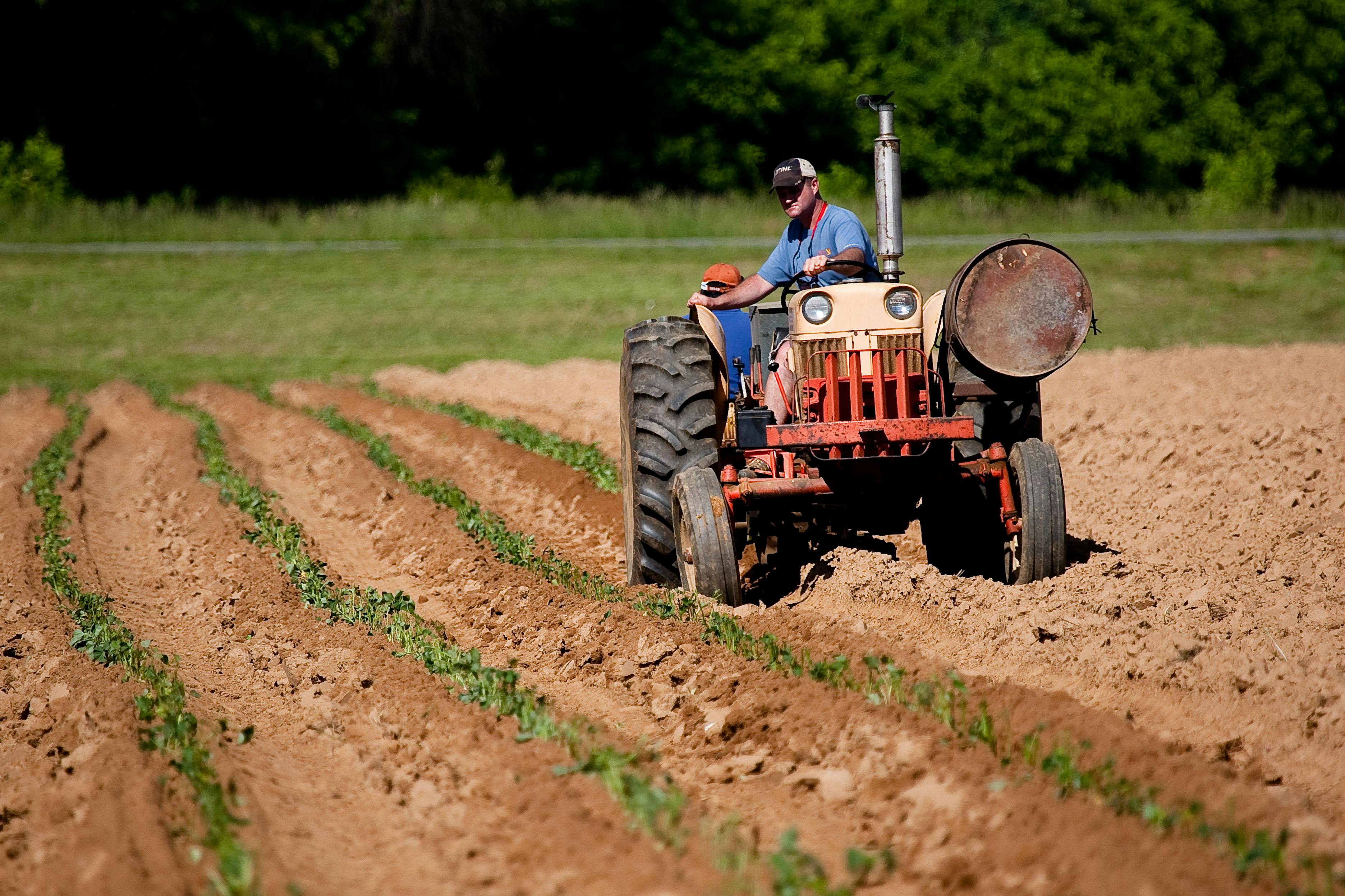Agriculture Loans: Types, Eligibility, and Financing Options
Agriculture loans provide capital for planting, equipment, livestock, land purchases, and other farm-related needs. These loans are offered by banks, credit unions, government programs, and specialized agricultural lenders. Understanding eligibility, loan types, repayment terms, and how loans interact with grants and other funding helps farmers and agribusinesses plan cash flow, manage risk, and evaluate long-term investment outcomes.

What are agriculture loans and who qualifies?
Agriculture loans are credit products tailored to the needs of farms and related operations, typically covering seasonal working capital, equipment purchases, or property acquisition. Eligible borrowers often include smallholder farmers, commercial growers, cooperatives, and agribusinesses. Lenders consider farm income history, collateral (like land or equipment), credit history, and sometimes projected yields. Government-backed programs may relax eligibility or reduce collateral requirements for beginning farmers, limited-resource producers, or certain commodity sectors, making it possible for a wider range of applicants to access financing.
How do farming loans differ by purpose?
Farming loans vary by the intended use: operating loans finance seeds, fertilizer, labor, and other seasonal costs; equipment loans finance tractors, irrigation, or processing machinery; real estate loans cover land or facility purchases; and livestock loans fund herd purchases or feed. Short-term loans typically have higher turnover and may require interest-only payments until harvest, while long-term loans amortize over years. Choosing the right loan type aligns repayment schedules with the farm’s cash flow cycle and reduces refinancing risk.
How do grants and subsidies interact with loans?
Grants and subsidies are non-repayable funds that can complement loans by reducing the amount of debt a farmer must take on or by financing feasibility studies, conservation projects, or technology adoption. Many public grant programs target sustainable practices, value-added production, or rural development and can cover a portion of costs that lenders might not finance. Combining grants with loans requires careful accounting: grants may lower collateral needs or improve loan-to-value ratios, but eligibility for certain grants can depend on existing debt structures or compliance conditions.
What funding options and loan structures exist?
Funding sources for agriculture include commercial banks, specialized agricultural lenders, credit unions, government loan programs, and sometimes impact investors or seasonal trade credit. Loan structures include fixed- and variable-rate loans, lines of credit, crop-liability financing, and lease-to-own arrangements for equipment. Risk mitigation tools such as crop insurance, price hedging, and government guarantees influence available rates and terms. Understanding the full set of funding options helps producers compare total borrowing costs, flexibility, and how each structure aligns with production and market risks.
How should you assess loan investment outcomes?
Evaluating loan-funded investments involves comparing expected returns to the cost of borrowing and associated risks. Key metrics include projected net cash flow, break-even yields, internal rate of return on equipment purchases, and payback period for infrastructure investments. Sensitivity analysis for variables like yield, input costs, and commodity prices helps identify downside scenarios. Nonfinancial factors—such as improved operational efficiency, reduced labor input, or compliance with sustainability standards—should also be weighed because they can materially affect long-term farm viability and the ability to service debt.
What is required for application and local services?
Loan applications commonly require farm financial statements, tax returns, a business plan or production plan, collateral documentation, and proof of land or equipment ownership. First-time borrowers may be asked for guarantors or enrollment in financial literacy or business planning programs. Many regions offer local services — agricultural extension offices, farm credit counselors, or cooperative development centers — that provide guidance on documentation, financial projections, and matching to appropriate funding sources. Engaging with these local services can streamline applications and help clarify which loan types align with specific farm goals.
Conclusion
Agriculture loans are a central part of farm finance, enabling seasonal operations, capital investments, and growth while interacting with grants and other funding sources. Careful selection of loan type, attention to eligibility and documentation, and realistic assessment of investment returns reduce risk and support long-term farm sustainability. Farmers should consider a mix of financing tools, risk management measures, and local advisory services to build resilient financing plans that align with production and market realities.






